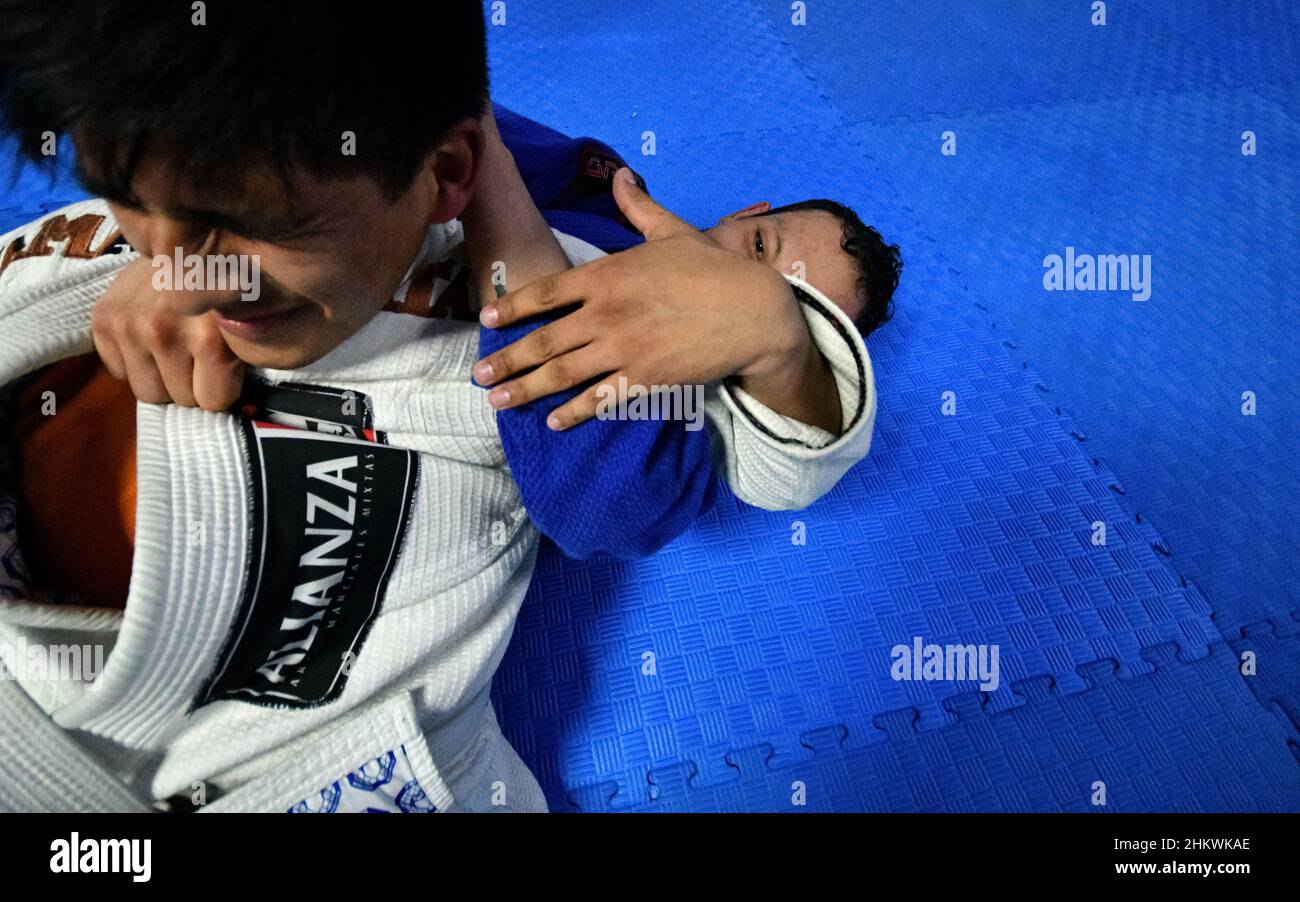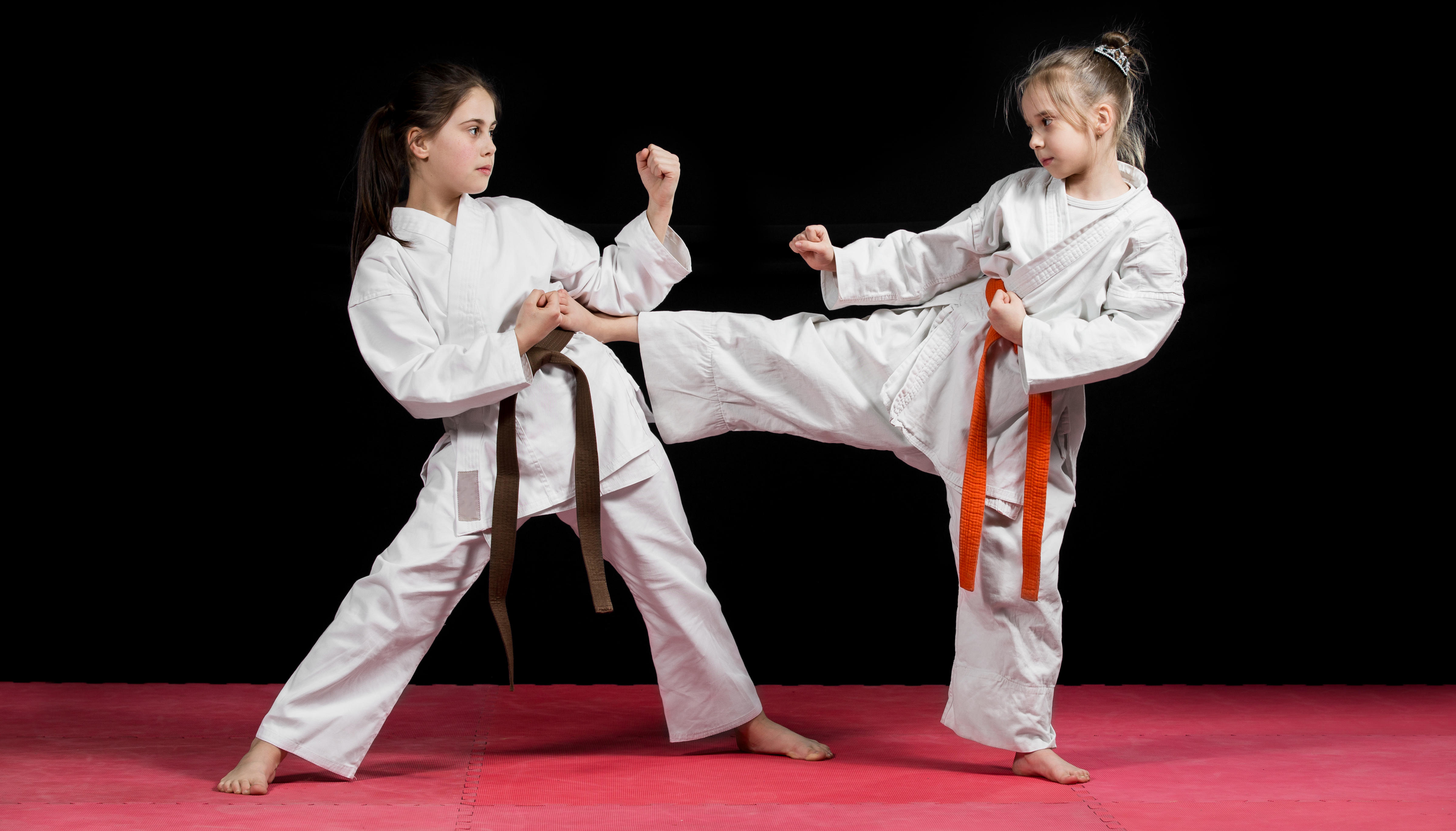

One distinct benefit from this is that people started looking outside their styles for solutions to problems that were now made ‘public knowledge’.

You may do different styles and mix them together, but it doesn’t ‘look’ like MMA unless it’s done in a specific way. As such simply putting styles together doesn’t always fit the description of MMA anymore. Mixed Martial Arts meant exactly that – mixing martial arts. The definition of MMA was fairly loose and very literal. If you had Karate on Tuesday and Judo on Wednesday at the same YMCA, you would see MMA advertisements. All you had to do was throw in some striking, takedowns and grappling and you had MMA. All of a sudden every dojo also had MMA on offer. Originally, MMA simply meant a contest with mixed rules to allow different styles to compete with each other. Where this becomes interesting is the definition of MMA. No qualms here, we all have to make ends meet! When MMA burst on the scene years ago, many dojos (clubs, gyms, kwoons, dojang, whatever you wanna call them) started advertising MMA classes to bring new students in. MMA, advertising, and legitimate cross training

This is both a blessing and a curse.īut should you cross train? If so, in what styles? How much should you train in each? What could go wrong? With the explosion of MMA over the past two decades, cross training is now very common in some disciplines. Cross training in the martial arts is a topic of much debate and, unfortunately, conflict (debate and conflict always go hand in hand).


 0 kommentar(er)
0 kommentar(er)
